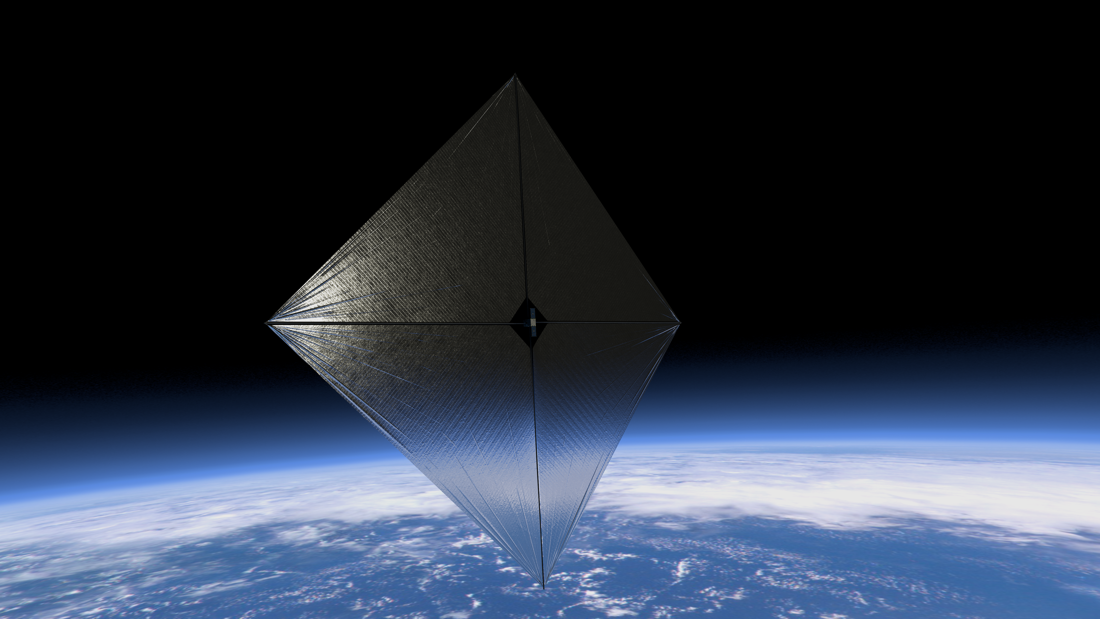- cross-posted to:
- technology@lemmy.world
- cross-posted to:
- technology@lemmy.world
Yo ho yo ho a pirates life for me!
There is no rum in space
But why is the rum gone?!?
I hope it can be sent somewhere neat once they are done testing. But I assume it’s not configured for long range communication.
It would be cool if it could be sent, slowly, to a “nearby” body.
Iirc, solar sail designs like this can actually go stupid fast when properly propelled by something like a laser array.
Won’t the sail approach the speed of light if it stays on course in line with the sun for an exceptionally long time?
No, because the solar wind drops off around 100 AU, and the power of the solar wind is going to reduce the farther out you are. These kinds of craft would get much more acceleration from a laser array that can put much more concentrated energy into the sail. But just like the solar wind, it will lose power the farther away from the array it is, along with any kind of intermediary debris attenuating the beam or unfavorable angles between the array and the craft.
So you can get these to an appreciable fraction of the speed of light, but I don’t think we’d be able to get anywhere close to c with this kind of a setup.
Edit: I was wrong about the solar wind above, it’s only like .5% as powerful as the photons emitted by the sun, and that energy drops off at only 1.5 AU, so they’ll get much less energy than I thought without an external power source like a laser array.
Doesn’t “solar wind” refer to the physical particles emitted from the sun? Like hydrogen, helium, etc ejected from the sun’s outer layers?
My understanding is that the solar sail is propelled mostly by the photons themselves, not the atomic particles that may also be reaching it.
Of course this probably doesn’t change your argument at all, since the intensity of light drops off precipitously as you fly further and further from the sun.
You’re correct, the solar wind is like .5% the energy of the emitted photons and really begins to diminish after only 1.5AU, so they’re even less effective in system without a laser array than I half remembered.
I believe this is one of those things that benefits from scale. Theoretically, the larger you make the sail, the better the thrust to mass ratio you can achieve (even before calculating a better payload mass to sail mass ratio). With improved materials, we can make stronger and lighter sails and support structures, and this will in turn result in higher velocities by the time the vehicle has left the effective range of the sun. I think speeds truly approaching c are unlikely, but they can still achieve “really freaking fast”.
But then new advanced materials could also change that, we’re developing metamaterials with some fascinating properties, carbon nanotubes are just the tip of the iceberg. Who’s to say that we couldn’t some day achieve those speeds.
Just to zoom by the target in 100000 years so quickly no pictures or data can be captured.
That’s actually not that big of a deal!
Since these craft would be small, they wouldn’t have the power to transmit back to Earth anyway. So with something like this, you would actually want a string of these kind of crafts that you would propel along the same vector so that they could send the data back using each following craft as the next point in the network back to Earth. So each one can take additional pictures to get a resolvable image at the end!
Now, getting them on the same vector is the hard part, since we’re constantly moving through space and won’t have the same launch conditions on subsequent launches, but this is all theoretical at this point anyway.
The scientist Robert L. Forward discussed possible ways to handle this in his novel Rocheworld. The fiction part wasn’t about the light sail, more the general AI, life extension tech, and the aliens.






